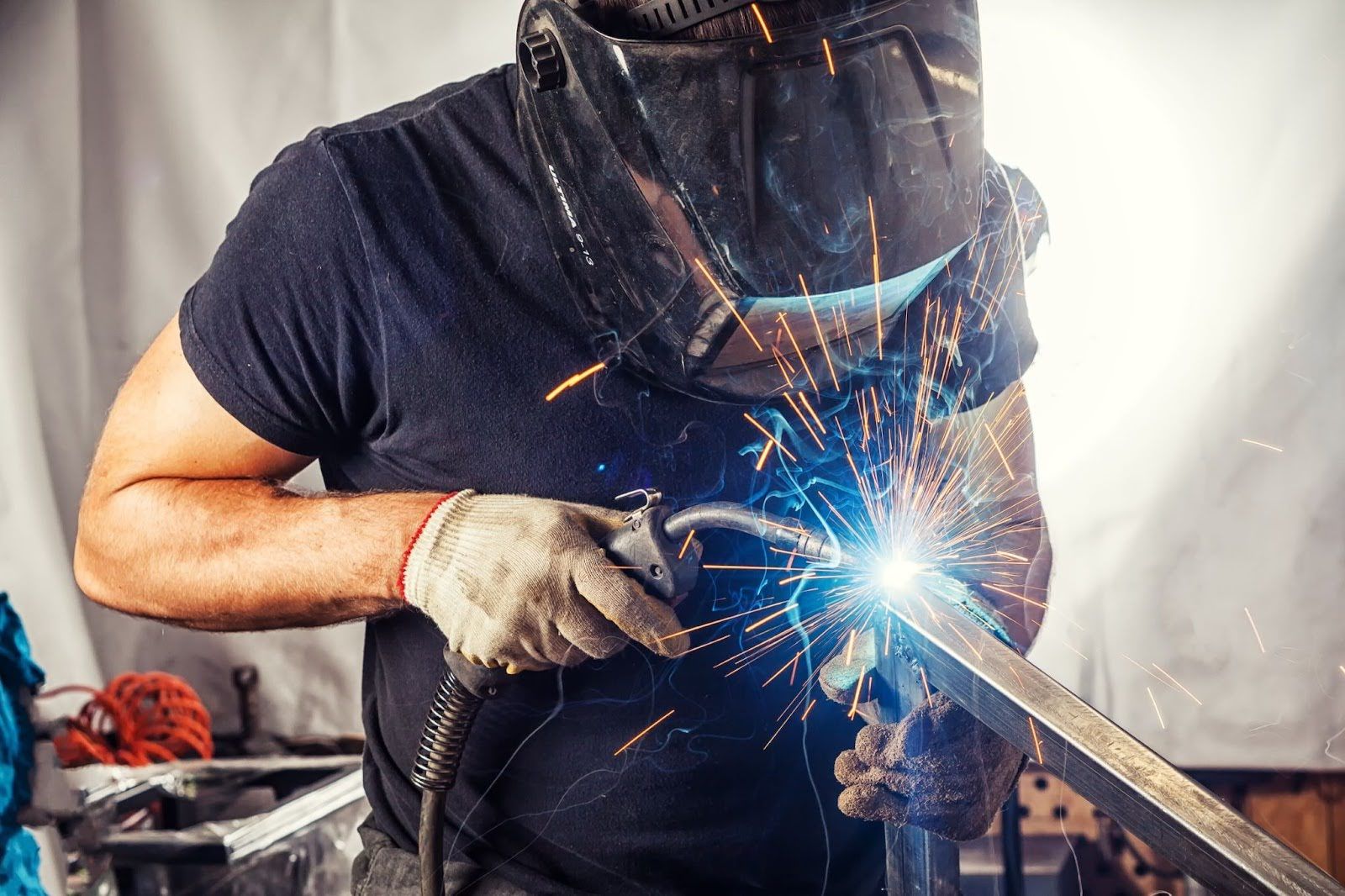Step-by-Step Overview to Preventing Weld Undercut in Different Metals
Step-by-Step Overview to Preventing Weld Undercut in Different Metals
Blog Article
Recognizing the Causes and Solutions for Undercut Welding in Metal Fabrication Processes
In the realm of metal manufacture procedures, the event of undercut welding poses a considerable difficulty that requires a thorough understanding of its reasons and feasible solutions. The intricate interplay of various elements during welding operations can result in this unfavorable phenomenon, impacting the structural integrity and overall quality of the bonded joints - Preventing weld undercut. By studying the origin of undercut welding and checking out efficient restorative steps, fabricators can elevate the standard of their handiwork and make certain the manufacturing of perfect steel parts
Usual Root Causes Of Undercut Welding
Frequently ignored in steel manufacture, undercut welding takes place due to different variables that require meticulous attention and know-how to be properly mitigated. Additionally, improper welding techniques, such as making use of the incorrect welding angle or take a trip rate, can additionally add to damage development. The option of welding specifications, such as voltage, present, and wire feed speed, plays a significant role in the occurrence of undercut welding.
Impact of Incorrect Welding Parameters
Inaccurate welding parameters can significantly compromise the honesty and high quality of welded joints in metal manufacture procedures. The effect of inaccurate welding parameters manifests in numerous ways, bring about structural weaknesses and issues in the bonded elements. One crucial aspect influenced by incorrect welding criteria is the infiltration depth of the weld. Not enough warm input due to reduced welding currents or excessively high travel rates can cause poor combination between the base steels, resulting in insufficient joint infiltration and weakened bonds. Alternatively, extreme warmth input triggered by high welding currents or slow traveling speeds can cause excessive and burn-through reinforcement, developing a breakable and unpredictable weld framework. Additionally, inaccurate criteria such as incorrect voltage setups or incorrect electrode angles can add to erratic weld grain profiles, absence of combination, and raised possibilities of issues like undercutting. Consequently, careful interest to welding specifications is extremely important to ensure the manufacturing of high-grade welds with the wanted mechanical properties and structural stability.
Impact of Improper Lantern Angle
Inappropriate lantern angle in welding procedures can substantially affect the high quality and integrity of the last weld joints in steel construction procedures. The lantern angle plays a critical function in figuring out the warm input and distribution throughout welding. When the lantern angle is inaccurate, issues such as undercutting can occur. Undercutting is an usual welding flaw where a groove forms along the weld toe, weakening the joint and endangering its structural integrity.
A torch angle that is also steep can bring about inadequate infiltration, incomplete combination, and increased spatter. On the other hand, a lantern angle that is too shallow can cause extreme penetration, burn-through, and distortion of the base product. Preventing weld undercut. Correct torch angle is necessary for ensuring constant weld top quality, strength, and appearance
To stop damaging and various other defects triggered by inappropriate lantern angles, welders must be trained to preserve the right lantern angle throughout the welding procedure. Normal monitoring and adjustment of torch angles during welding can assist attain audio welds with marginal defects.
Role of Inadequate Welding Methods

One more facet of poor welding strategies is inappropriate weld prep work. Inadequate cleansing of the base steels, wrong joint layout, or not enough side prep work can all add to damage welding. Insufficient protecting gas protection or utilizing the incorrect type of gas can result in incomplete combination and the formation of undercut defects.
To address the role of poor welding strategies in steel construction processes, it is important to provide thorough training for welders. Correct education on welding parameters, joint prep work, and securing gas choice can help prevent undercut welding and make certain high-grade welds in metal fabrication tasks.
Efficient Solutions for Undercut Welding
Dealing with undercut welding in metal manufacture requires implementing efficient services to boost weld high quality and structural stability. One of the key services to combat undercut is to change welding parameters such as voltage, existing, and travel rate to ensure correct heat input and blend. By fine-tuning these settings, welders can protect against extreme melting of the base steel and filler material, lowering the possibility of undercut development.
Additionally, correct joint preparation is vital in preventing undercut. Ensuring tidy read here base steel surface areas devoid of impurities and using the ideal bevel angle can help promote far better weld infiltration and decrease the threat of undercut - Preventing weld undercut. Employing appropriate welding strategies, such as oscillating the torch or weaving, can likewise assist in distributing heat uniformly and loading the weld joint properly, lessening the opportunity of undercut defects
Additionally, choosing the proper welding consumables, consisting of electrodes and filler steels, is important in reducing undercut. Utilizing products with ideal chemical make-ups and mechanical residential properties can add to attaining audio welds with marginal undercut. Normal have a peek at this site examination and quality control measures should also be implemented to spot and deal with undercut problems quickly, guaranteeing the general integrity of fabricated steel parts.

Verdict
To conclude, recognizing the reasons and options for undercut welding in metal construction processes is crucial for attaining high-quality welds. By resolving usual causes such as incorrect welding criteria, incorrect torch angle, and poor welding strategies, welders can protect against damaging and guarantee solid, sturdy welds. It is necessary to pay interest to these factors and apply efficient services to boost the general welding process and end product top quality.

Report this page